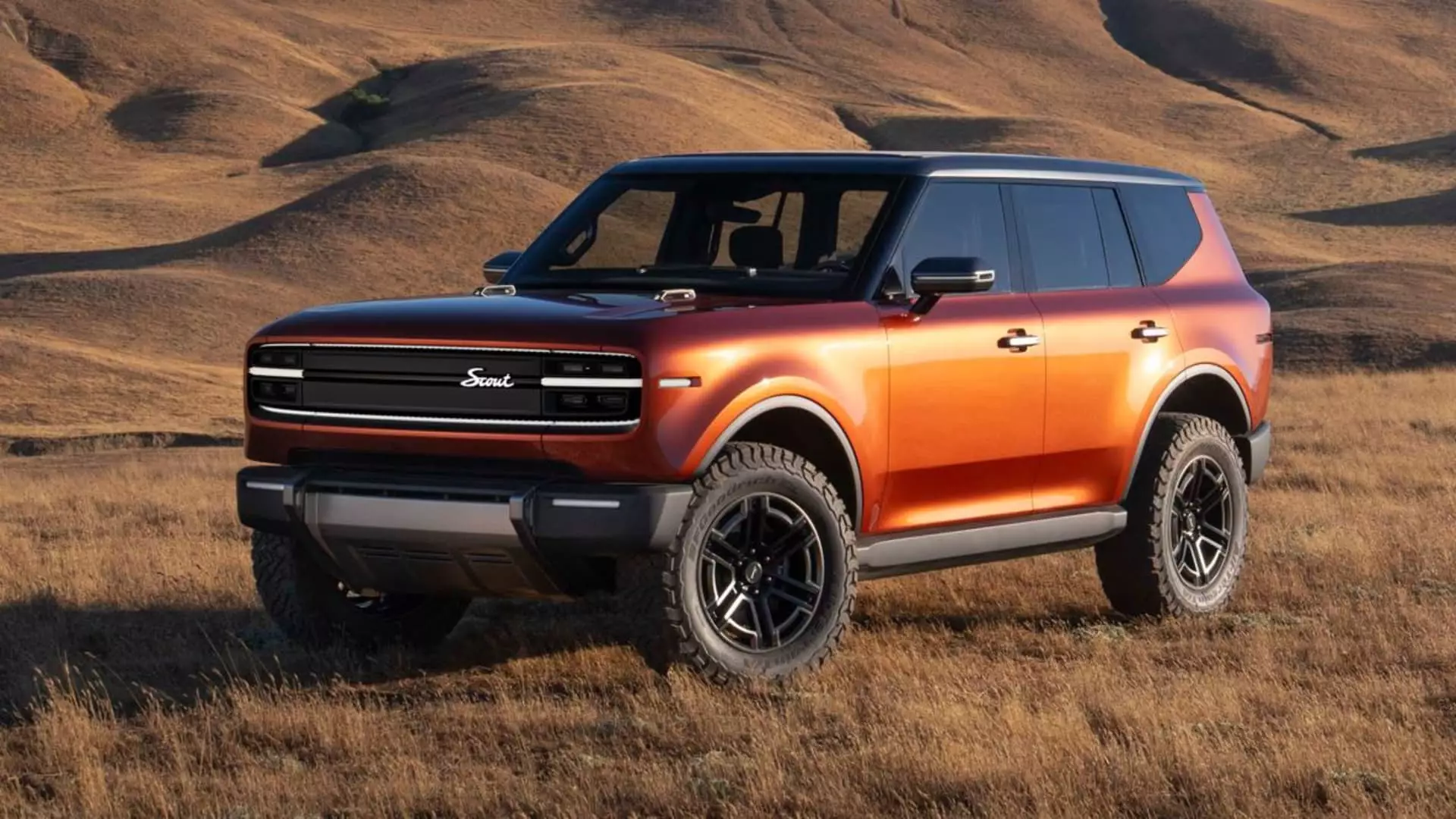In a significant move for the automotive industry, Scout Motors has unveiled its first electric vehicle models and announced an ambitious plan to diversify its offerings. This strategy marks a revival of the Scout brand, which originally graced American roads between 1961 and 1980. Under the auspices of Volkswagen, Scout aims to exploit the burgeoning electric vehicle (EV) market. However, the decision to introduce plug-in hybrid electric vehicles (PHEVs), specifically extended-range electric vehicles (EREVs), indicates a strategic pivot driven by market realities and consumer demands.
Adapting to Market Realities
Scout’s CEO, Scott Keogh, highlighted the necessity of adaptability in a landscape where EV adoption has not progressed as swiftly as anticipated. The introduction of EREVs situates Scout advantageously within a transitioning market, providing potential customers with a backup option—an internal combustion engine that can generate power when battery life wanes. This hybrid approach allows drivers to experience the benefits of electrification while reducing the anxiety often associated with EV charging infrastructure limitations. By incorporating this dual-engine mechanism, Scout is setting itself apart from competitors, as many EV manufacturers are still solely focused on all-electric vehicles.
Scout’s strategic development includes constructing a $2 billion manufacturing plant in South Carolina, designed to produce up to 200,000 vehicles annually. This undertaking underscores a serious commitment to the U.S. market, targeting the full-size pickup and large SUV segments—two of the industry’s most lucrative arenas. Keogh expressed optimism regarding the company’s operational profitability within the first year following production, a goal that is particularly ambitious given the financial struggles plaguing contemporary EV startups such as Rivian and Lucid.
In a market increasingly saturated with electric and hybrid offerings, Scout aims to carve out a niche. Indeed, as traditional automakers like Ford and GM race to catch up with new entrants in the EV sector, they face challenges of their own. The rapid release of all-electric pickups has resulted in market volatility, with initial high demand leading to significant price reductions and incentives—an indication of an industry grappling with a shifting consumer base and evolving needs.
Scout’s vehicles, the Traveler SUV and Terra pickup truck, are expected to launch with price tags ranging from $50,000 to $60,000. Positioned within an attractive price spectrum, these options are likely to appeal to consumers looking for more affordable electric alternatives, while the projected range of over 500 miles for the EREVs will likely outperform many purely electric models on the market.
Both the Traveler and Terra draw inspiration from the aesthetic legacy of earlier Scout models, modernized with sleek lines and cutting-edge interior technologies that reflect current preferences for functionality and comfort. Features such as large horizontal screens and premium materials appear set to enhance the driving experience, catering to a demographic desiring not only performance but also refinement.
The forthcoming vehicles will utilize the North American Charging Standard—an 800-volt architecture capable of rapid charging—further solidifying Scout’s dedication to technological advancement. With bi-directional charging capabilities, these vehicles can also provide energy back to the grid or power external devices, accentuating their role as versatile tools in an increasingly electrified society.
Future Prospects and Industry Impact
As Scout prepares for the commercial release of its models in 2027, the company is not just entering the automotive space but also participating in a broader transition towards sustainable mobility. The electric truck market remains in its infancy, but Scout’s entry promises to enhance competition and fuel innovations that benefit consumers and the environment alike. The active pursuit of branding and consumer engagement strategies may play a pivotal role in how well Scout captures market share amidst a landscape ripe with opportunity and challenges.
Keogh’s statement regarding future product lines leaves the door open for continued expansion and refinement of Scout’s offerings. “Can we consider some point in the future sizing down? Absolutely,” he remarked. This conveys readiness to explore new segments as the company matures in an ever-evolving automotive ecosystem.
A Promising Future Awaits
Scout Motors is choosing a path of innovation and resilience, strategically positioning itself to navigate uncertainties within the EV market. With promising prospects ahead, the revival of the Scout brand could set the stage for exciting advancements in electrification, blending nostalgia with innovation. As they prepare to face a competitive marketplace, all eyes will be on Scout to see whether it can achieve its ambitious goals and redefine what it means to be an electric vehicle manufacturer in the modern era.

